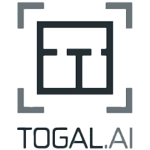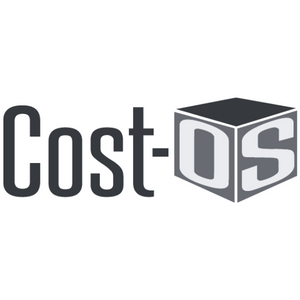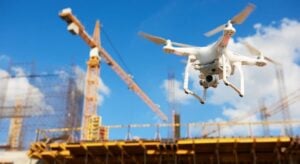AI and Construction: Promise and Pitfalls
At least one thing has become clear since OpenAI’s artificial intelligence-based chatbot ChatGPT exploded onto the scene this year: AI is coming for every sector. Even beyond knowledge-based tech sectors – the front line for AI adoption – industries spanning the entire global economy have begun to consider the ways in which AI and other emerging technologies can help them to improve their products, cut costs, and keep up with the competition. Construction is among those industries racing to adopt the technology: In 2022, 92% of construction companies reported that they were using or planned to use AI in their operations, according to Peak’s Decision Intelligence Maturity, but only 65% of their existing projects had been successful – among the lowest percentage of all industries surveyed. AI has myriad applications for the construction industry, such as improving progress checks and safety, as well as potential risks.
Potential Uses
For any sector, AI’s major strengths lie in automating processes, gaining insights through parsing large amounts of data analysis, and engaging with customers and employees. Using past data, construction firms can exploit AI to automate pre-construction processes such as drafting bids and proposing designs. Current AI, while too error prone to be completely reliable, may still serve as a useful jumping-off point that significantly speeds up these and other construction processes.
Insights from AI data analysis (driven by machine learning that makes results better as time goes on) could be immensely beneficial to construction, improving progress checks and safety. AI algorithms could scan daily or weekly photos of work sites (often obtained by drone – another opportunity to incorporate new tech) to track construction progress and provide early warning of possible delays. A similar process could be used to identify and flag safety risks, using computer vision to identify hazards or unsafe behavior by workers. Additionally, sensors connected to AI processing via the Internet of Things (IoT) could provide early warning for potential safety risks by providing continuous monitoring of conditions such as temperature, humidity, moisture levels, noise, and vibration.
AI and machine learning could also be used to improve general construction techniques. For example, AI might be used to make predictions about ways to optimize cuts in steel beams to minimize waste. Amazon, an early adopter of such technology, used similar machine learning technology to determine the best package sizes for shipments, avoiding the material cost of more than two billion additional shipping boxes.
Although still in its early stages of development, AI may also be combined with other emerging technologies to tackle industry concerns. Startups such as SafeAI and Teleo are working on retrofitting older construction machines with autonomous driving technology. Automated, AI-directed robots may be able to physically complete repetitive or dangerous construction tasks and maintenance, freeing workers for higher-value tasks and reducing safety incidents.
Risks and Obstacles
While AI can be a force multiplier for the construction sector, the adoption of a new and rapidly changing technology poses risks. The revolutionary nature of AI technology may lead some companies to target transformative projects that are difficult to pull off, rather than low-hanging fruit that could improve day-to-day operations. A survey of 250 executives by Harvard Business Review (HBR) found that three-quarters of respondents believed that AI would “substantially transform” their businesses; however, HBR’s own review found that these moonshot efforts were less likely to be successful than more mundane implementations. Every sector must also contend with the worker anxiety brought on by AI adoption; according to Peak’s Decision Intelligence Maturity, 22% of junior construction staff believe that AI will have a negative impact on employment in their industry within the next five years. Efforts to offset the labor shortage with AI solutions could cause new problems as workers reskill to seek more AI-proof employment. Finally, as referenced above, AI adopters should remain wary of AI’s accuracy. Without rigorous oversight, AI errors can result in significant and costly mistakes, particularly in automated processes.
Despite these obstacles, artificial intelligence is a powerful tool for the construction industry and the economy as a whole. AI has the potential to be a potent tool to increase efficiency and boost profitability. In late 2022, Verified Market Research estimated that the use of AI in the construction market could grow by 35% from 2022 to 2030. If used correctly, AI could usher in a new era of innovation and efficiency for one of the world’s oldest trades.
Article By
Melissa B. Mahle
Bradley Arant Boult Cummings LLP Buildsmart
Anni Coonan, analyst in Bradley's Washington, D.C. office, also contributed to this article.
*Melissa Mahle and Anni Coonan are not attorneys.
This article was written by Bradley Arant Boult Cummings Llp from National Law Review and was legally licensed through the Industry Dive Content Marketplace. Please direct all licensing questions to legal@industrydive.com.

-1.png?width=112&height=112&name=image%20(4)-1.png)














